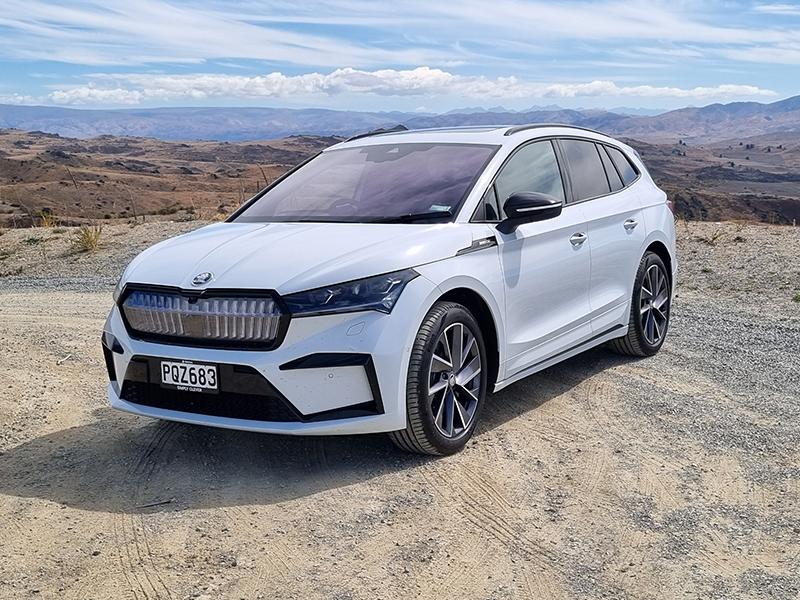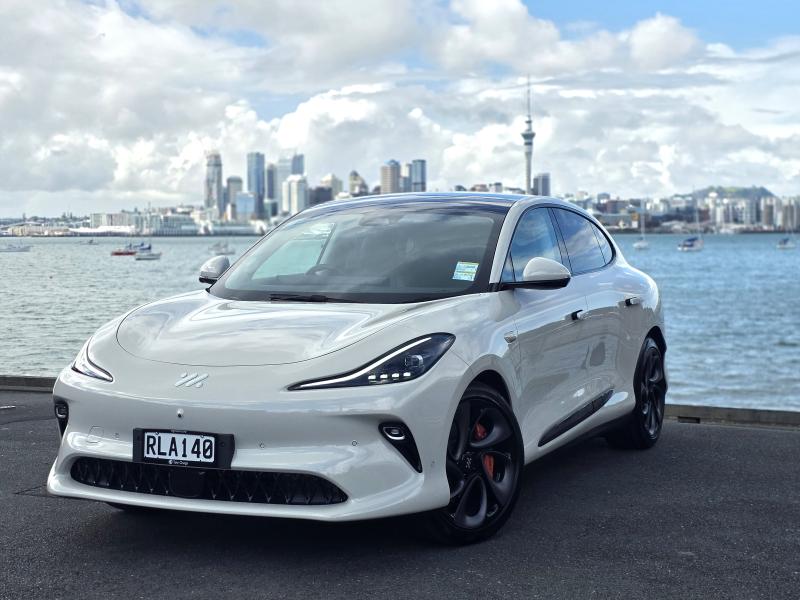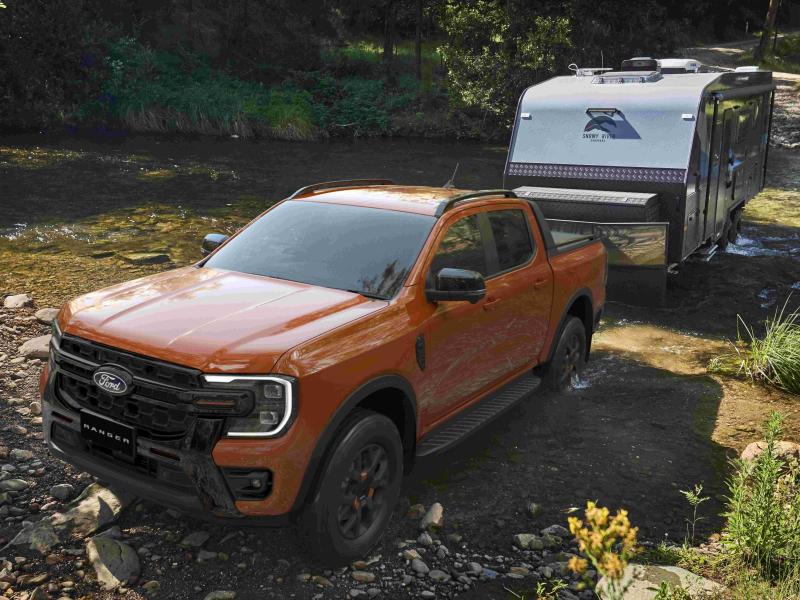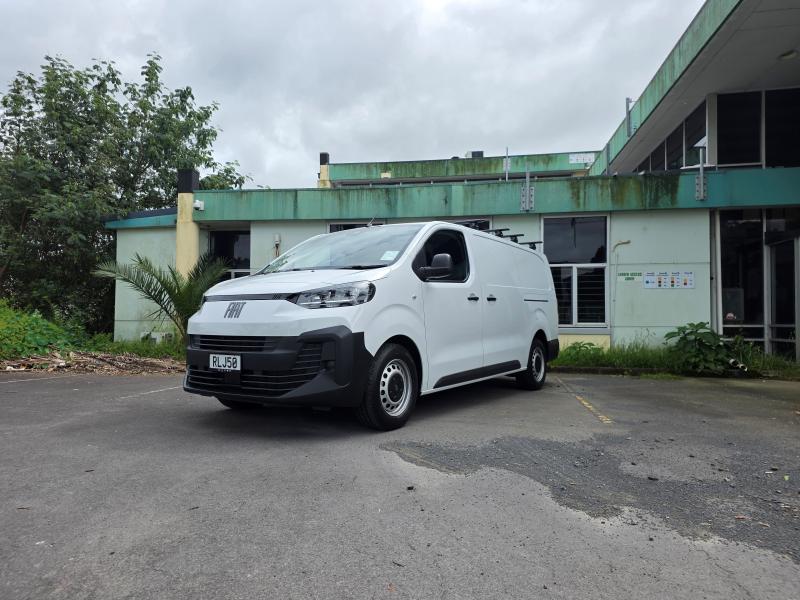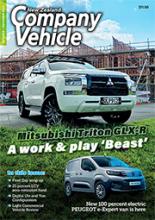February was the official launch of the all-electric Enyaq, important not only for the fact that this is Skoda’s first all-electric vehicle, but also that New Zealand is the first country outside of Britain and the UK to have the Enyaq available to the buying public.
Furthermore, the Enyaq’s launch signals a new direction for Skoda as the brand stretches its wings – retaining its position across the entry and mainstream markets, but also moving competitively into the premium sector.
The 2023 milestone Enyaq event marks the start of a transformational decade for Skoda, which will see a new generation Superb and Kodiaq over the next two years and three new all-electric vehicles launching in the next four years. And these are just the models we know about.
Skoda NZ is also introducing its new corporate identity, defining its new mission and purpose along with a new design strategy and embracing an expanded target audience.
Up until now, Skoda has marketed itself here with an affordable level of European panache, and as its five-year history moved forward, the brand began appealing to a mainstream audience with quality and value as two of the brand’s core pillars.
Certainly, Skoda’s Police fleet deal and Corporate Cabs Superb choice of taxi helped cement the brand as a significant player in the New Zealand market, but Skoda NZ was also on a mission to increase its market share in the SUV market with Karoq and Kodiaq upgrades seen very recently.
At the same time, Skoda was also keen to move deeper into Fleet-space with the likes of the Octavia – traditionally a private sector vehicle – gaining PHEV credentials alongside the Superb to make it fleet -friendly option, while smaller models like the Scala and Fabia made in-roads in the small car segment.
In fact, the Fabia launched here earlier this year, was released ahead of the anticipated Enyaq, but in Europe it was the other way around.
Consequently, when Fabia launched here it was laying the groundwork for the new direction Skoda is taking with Enyaq, though no one knew that at the time.
With Enyaq – and Fabia to a lesser degree – Skoda is stretching into the premium sector while maintaining the brand’s core attributes of functionality, conventionalism, and progressiveness.
Bear with us a little longer, we’ll get to Enyaq’s details, but it is important to understand where Skoda is going and how it is transforming.
At one time, a car could be defined by its badge, the history of the brand, the segment it generally sits in or indeed, simply by where it comes from. This model is changing as far as Skoda is concerned.
It is something of a sign of maturity when an automaker begins looking outside of itself to determine its future and Skoda, after 125 years, is now looking to what defines a car of the now and into the future: that is first, what powers it and second, who it appeals to.
What direction is Skoda taking when it comes to motive power? By 2030, Skoda is anticipating electric vehicles to account for 70 per cent of the brand’s presence in Europe and the brand here has signalled that direction with the earlier than the rest of the world delivery of the Enyaq.
This is a good indication of where things are going, and this brings us to the Enyaq itself.
The fully electric, BEV Enyaq comes to us in either SUV or coupe form.
Each shares the MEB electric platform, which was specifically designed for electric vehicles and housing the battery in the floor in the so-called ‘skateboard chassis’ design. Both Enyaq SUV and Coupe share the same motive power and battery system.
Enyaq has an 88kWh Lithium-Ion battery realising a 77kWh net (or useable) value. This gives the Enyaq SUV a 532km WLTP range at 16kWh per 100km and a slightly better 544km range and 15.7kWh per 100km for the coupe.
Both models have a high capacity – up to 11kW – onboard charger. What this means is the Enyaq’s battery can take a greater level of AC electricity at one of the higher rates of charge.
For AC chargers, the Enyaq reaches 100 per cent charge in seven hours and 30 minutes from an external 11kW AC charger and 13 hours from a 7.2kW AC charger.
On A DC charger – say a 50kW unit – battery charge time is 80 per cent in one hour and 10 minutes from or 80 per cent in 30 mins from a 135kW DC charger.
The battery powers a 150kW/310Nm single motor on the rear axle.
We’re looking forward to a more detailed drive in the Enyaq later on, but as there are no vehicles other than the European spec’ shown here, now is perhaps a better time to explain the Enyaq’s dealer to customer strategy.
Skoda has developed a raft of road to sales customer initiatives including a PC-based dedicated virtual showroom, where the complete Skoda range can be viewed. This could be followed up with an interactive technology session via an interactive sales support tool.
The next step is to book a test drive experience – in the case of the Enyaq, that would be in one of the four pre-production models since they are the only Enyaqs in the country.
And on that note, if an Enyaq coupe is more to your taste than an SUV, Skoda NZ has introduced virtual reality headset immersive experiences to supplement the physical driving of the SUVs.
Completing the sales process could be done at the dealership’s dedicated sales area or through the online reservation platform.


